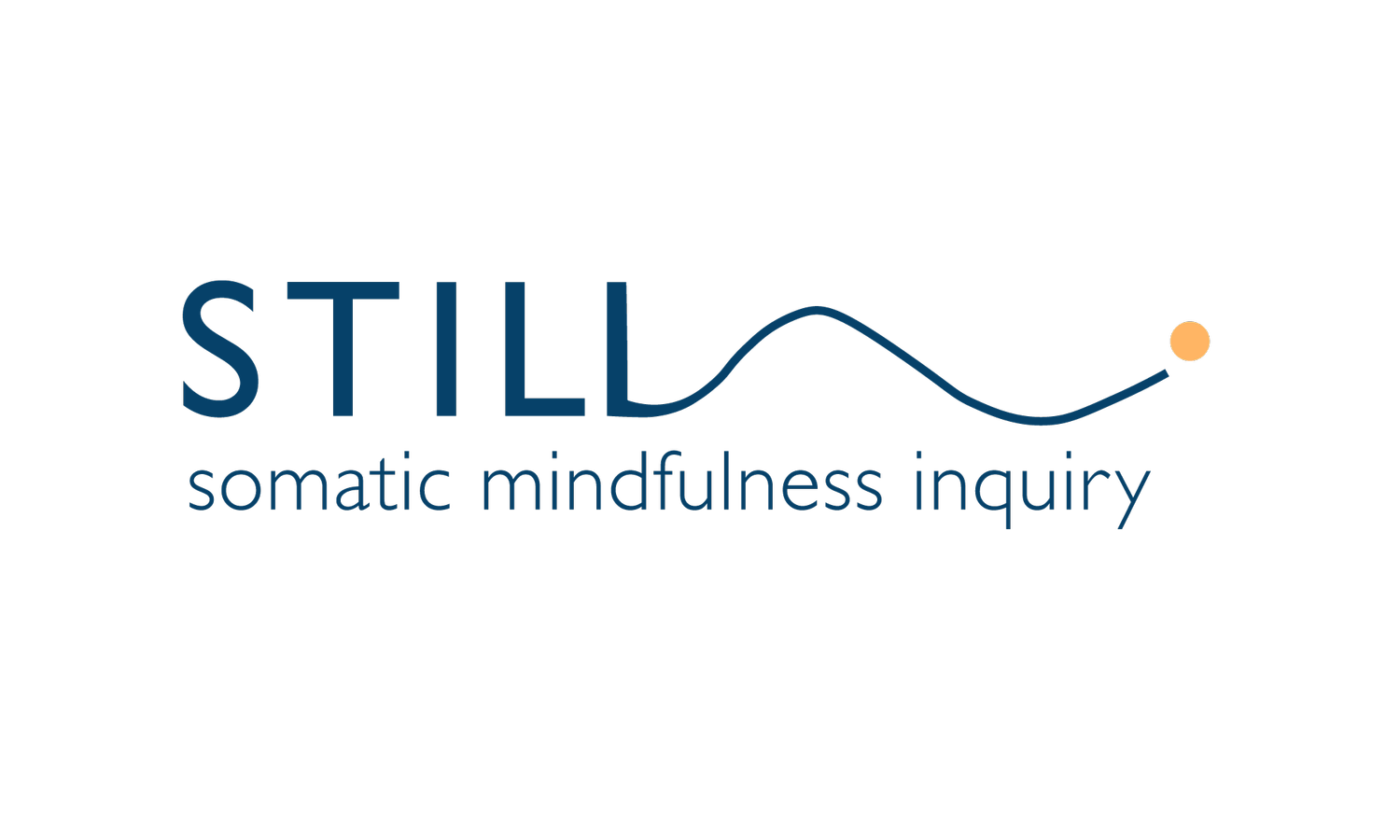About the healing trauma group
Many experiences happen in our early life where we disconnect from ourselves, from our sense of value, and from the present moment. We develop patterns and ways of coping that lead to feelings of unhappiness. Our nervous system is activated and overwhelmed, and we don’t know how to come down from that.
“Through a polyvagal lens, we understand that actions are automatic and adaptive, generated by the autonomic nervous system well below the level of conscious awareness. This is not the brain making a cognitive choice. These are autonomic energies moving in patterns of protection. And with this new awareness, the door opens to compassion.” Deb Dana LCSW, Polyvagal Institute
You will absorb the essentials of “how it works” so you understand your body, feelings, nervous system, shame, judgment and the essential role of social trust and connection. You strengthen your capacity to see through and release identification with experiences that commonly lead to core deficiency beliefs of unworthiness, unlovability – that feeling like there is something basically wrong with you.
Each group begins with a guided somatic mindfulness inquiry for about 20 minutes. We then move to small groups of 3 or 4 people to share with each other. We come back together and participants can share, ask Lynn questions, and reflect on their experience. Each person will have the opportunity to share in the larger group over our time together.
What happens when we share like this? We see through our conditioning, drop our sense of shame, build individual strength and resilience in our nervous system, and experience a sense of community. We are more alike than we are different. Our group time is a deep meditative inquiry and witnessing. We’re training ourselves to be present with ourselves and the people in the group. What transforms us is the repeated experience of feeling safe with me and within the group being present with each other.
Small groups/ breakout rooms:
The small groups are co-facilitated - everyone takes responsibility and no one is in charge. Rotate the responsibility of timekeeper with a goal of sharing the time approximately equally.
As each person begins their first turn, they can sit in silence or offer what they would like to the group as a somatic mindfulness practice. After about a minute, the person begins sharing.
Part of the safety of sharing in this container is knowing others won’t comment on what you shared, give you advice or cheerleading, or otherwise get in your lane. We co-create this for and with each other.
With a strong container of somatic mindfulness, we can experience the energy and urges that might pull us out of presence. Stay with the energy. Come back into emotional regulation.
Give your full attention to listening with somatic awareness. Notice your responses.
This is advanced practice! Be kind to yourself and others.
